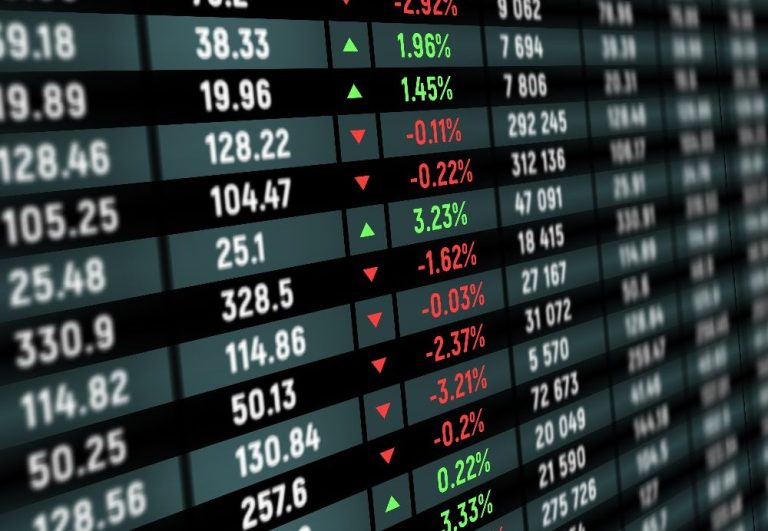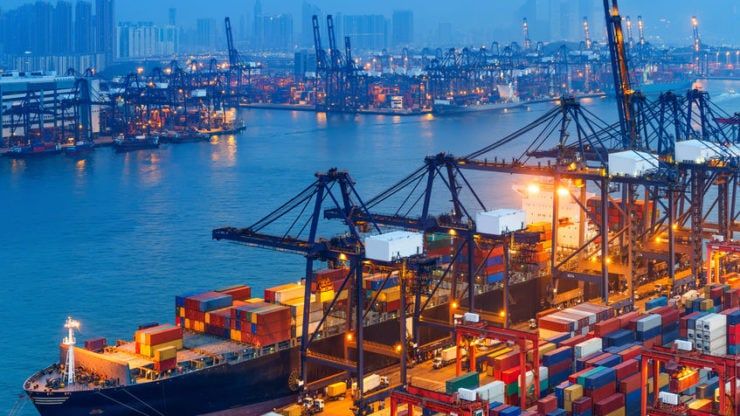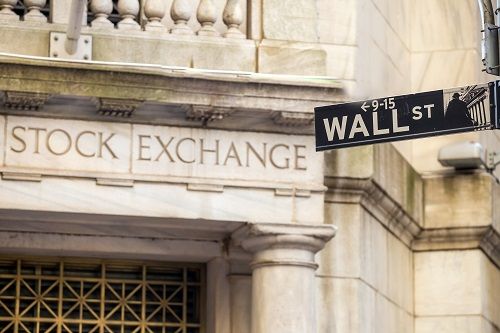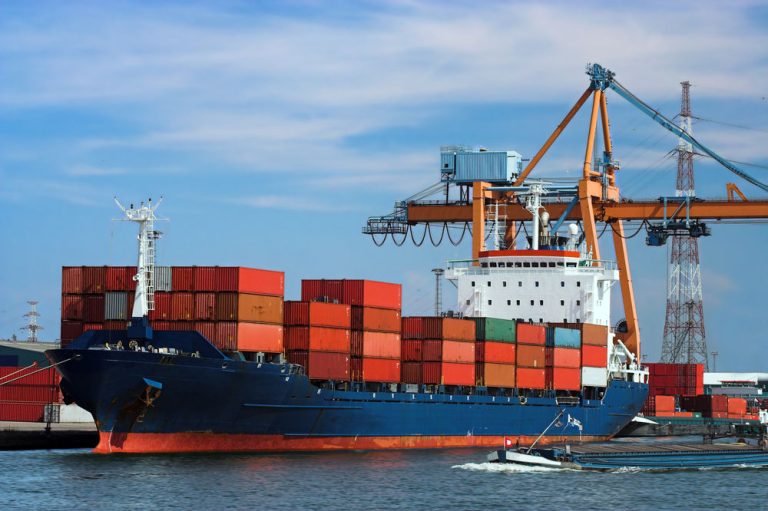PepsiCo Inc. (PEP.O) is in advanced discussions to purchase Texas-based tortilla-chip maker Siete Foods for more than $1 billion, according to sources cited by the Wall Street Journal.
The Garza family, which owns and operates Siete Foods, has built a popular brand known for its grain-free snacks and tortillas.
While a deal could be announced soon, the sources caution that negotiations could still fall through.
Siete Foods has attracted significant interest from private equity firms and other food companies, making the sale process competitive.
PepsiCo’s strategy amid changing consumer preferences
The potential acquisition aligns with PepsiCo’s strategy to expand its footprint in the growing market for healthier, alternative snacks.
Amid inflation and shifting consumer preferences toward private-label brands, companies in the US packaged food sector are looking to scale up.
Siete Foods’ appeal stems from its focus on health-conscious consumers, with its grain-free, dairy-free products finding a dedicated customer base.
PepsiCo has faced challenges in maintaining its snack and soda demand in its largest market, the United States.
Rising inflation and increased competition from private-label brands have led to declining sales volumes, even as the company raised prices to offset inflationary pressures.
Siete Foods: a family-owned success story
Founded by the Garza family, Siete Foods has grown into a major player in the better-for-you snack space.
All seven members of the Garza family are actively involved in running the business.
Their dedication to health-focused and culturally inspired products has resonated with consumers, positioning Siete as a highly attractive acquisition target.
The acquisition talks with PepsiCo come amid heightened dealmaking activity in the US packaged food sector, where companies are striving to meet evolving consumer demand while grappling with cost pressures.
PepsiCo faces pressures on North American sales
Despite the potential growth opportunities from this acquisition, PepsiCo is facing headwinds in its North American operations.
The Quaker Foods North America (QFNA) segment, in particular, has struggled with product recalls and soft demand.
Contamination issues, such as a Salmonella recall in some cereal and snack products, have negatively impacted PepsiCo’s organic sales, reducing them by 60 basis points in the second quarter of 2024.
Additionally, PepsiCo’s aggressive price hikes to combat rising inflation have led to lower sales volumes, as cost-conscious consumers shift their spending toward more affordable alternatives.
These trends have weighed on PepsiCo’s North American top-line performance, though the company continues to hold strong investor expectations.
PepsiCo stock performance
In the last three months, PepsiCo’s shares have gained 4.3%, trailing the broader industry’s 8.2% growth and the Consumer Staples sector’s 9.6% return.
Despite these challenges, PepsiCo’s stock performance has matched the S&P 500 during the same period, reflecting ongoing investor confidence in the company’s long-term growth prospects.
If the Siete Foods acquisition materializes, it would mark a significant move for PepsiCo as it navigates a shifting marketplace, aiming to bolster its portfolio with healthier, alternative snack options.
The post PepsiCo nearing $1 billion acquisition deal for Siete Foods? appeared first on Invezz










